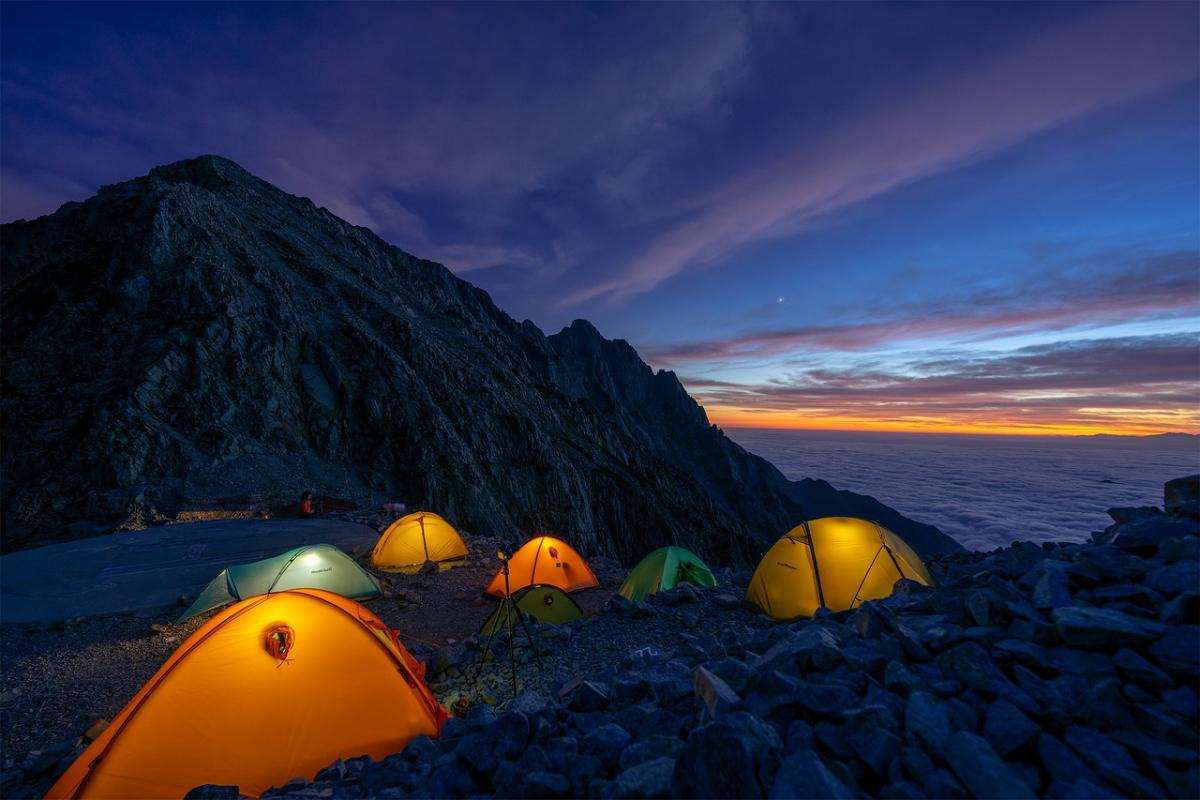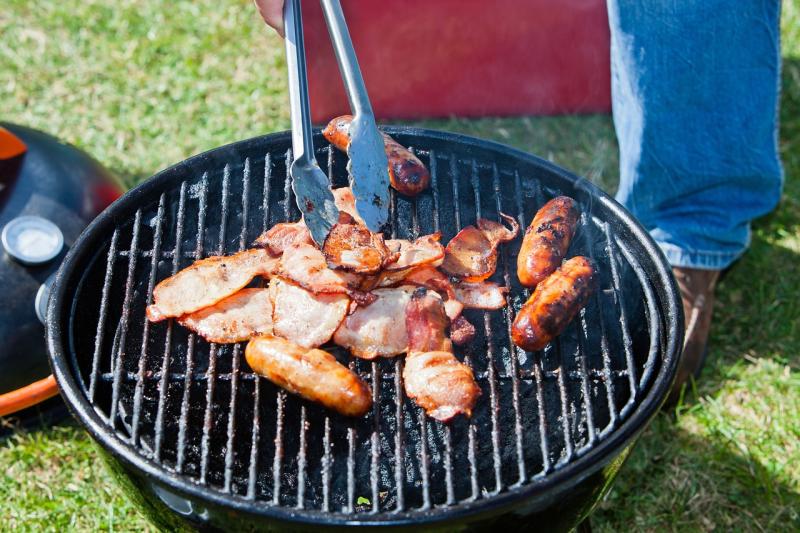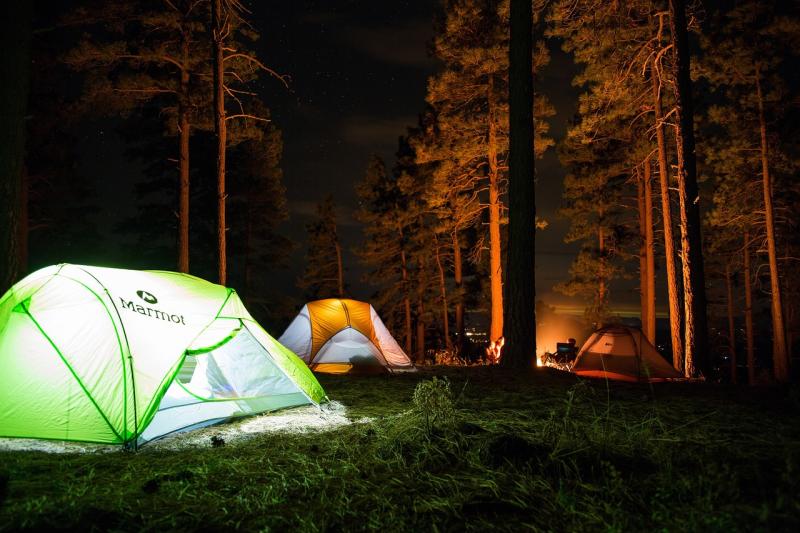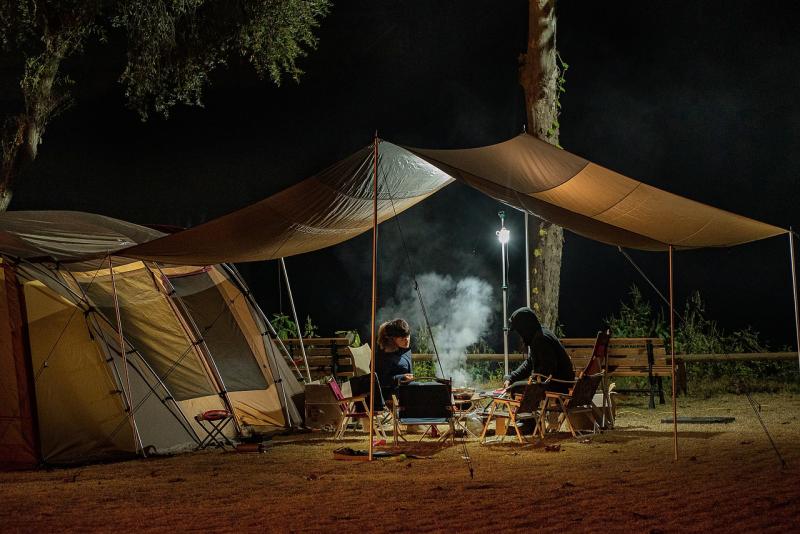Choosing the right camping tent can make or break your outdoor adventure. There are several types of tents out there, each designed for different needs and situations. Let’s break down the main types you should consider.
First up is the Backpacking Tent. These tents are lightweight and easy to set up, perfect for those who like to hike to their campsite. They usually sleep 1-2 people, making them ideal for solo adventurers or couples. Look for features like a rain fly and good ventilation to keep you dry and comfortable on the trail.
If you're camping with family or a group, a Family Tent is the way to go. These are more spacious and can fit several people comfortably. You’ll appreciate the extra room for gear, and some even come with separate sleeping areas. Just remember to pick one that has good weather resistance since group camping often means dealing with assorted weather.
For those who love the feeling of the great outdoors, a Canopy Tent is perfect for you. These offer more of an open-air experience and are great for gatherings or events. They don’t usually provide much weather protection, so it's best used in nice weather or as a shelter while you’re cooking up a meal outside.
Lastly, consider a Pop-Up Tent if you want something super easy and quick. These tents literally pop up in seconds and are perfect for a spontaneous camping trip. They’re great for festivals or short trips where you don’t want to deal with complicated setups. Just be ready to handle fluctuating weather if you're camping in one.
Key Features to Look For in Tents
When it comes to choosing the right camping tent, there are a few key features that can make all the difference. Whether you're a solo adventurer or camping with family, knowing what to look for can help you find the perfect spot to rest your head at night.
First up, size matters. Make sure to consider how many people will be sleeping in the tent. Look for one that offers enough space not just for sleeping, but also for gear. A good rule of thumb is to add one extra person to the tent capacity. So if you're camping with two friends, go for a four-person tent. You'll thank yourself later when you have space to move around.
Next, check out the tent's rainfly and waterproof rating. You never know when the weather can turn, so having a solid rainfly can be a game changer. Look for tents with a high waterproof rating, usually measured in millimeters. If it's 3,000 mm or higher, you should be good to go. And don't forget about ventilation. Good airflow prevents condensation, which means you'll wake up dry and comfy instead of in a soggy sleeping bag.
Weight is another important factor, especially if you're backpacking. Look for lightweight materials that won’t drag you down on the trail. Tents in the two to five-pound range are usually a good balance of durability and lightweight convenience. Don’t forget to check the setup type; some tents are quick to pitch, while others can take a bit more time.
Finally, think about additional features like pockets, gear lofts, and vestibules. These little extras can help keep your camping space organized and clutter-free. You’ll want to have a spot for your flashlight, phone, and other essentials so they’re easy to find when the sun goes down.
Tips for Setting Up Your Tent
Setting up your tent doesn’t have to be a chore. With a few tips, you can get it ready quickly and enjoy your camping trip in no time. First off, choose a flat spot away from rocks, branches, and any potential water sources. Look for a nice, dry area with good drainage, especially if rain is in the forecast.
Next, lay out your tent before you start putting it up. Unpack everything and make sure you have all the parts. It’s easy to forget a pole or a stake if you’re in a hurry. Check your tent's instructions, as some models can be tricky. But once you know what goes where, it gets easier each time you set up.
When you start to put the tent up, stake down the corners first. This helps keep everything grounded while you work. If the wind picks up, you’ll be glad you did! After that, go ahead and attach the poles. Push them through the sleeves or clip them on, depending on your tent’s design. A buddy can really help here if you have one—it makes the job a lot quicker and easier.
Don’t forget about the rainfly! If rain is on the horizon, putting it on will keep you dry, and it can also help with ventilation. Lastly, make sure you’re familiar with how to take it down, too. You don’t want to struggle when it’s time to pack up and head home.
Maintaining Your Tent for Longer Life
Taking care of your tent can really extend its life. It’s your home away from home when you’re out in nature, so you want it to last through all your adventures. Here are some simple tips to keep your tent in great shape.
First, always set it up on a clean, flat surface. Try to avoid sharp rocks, sticks, or anything that can poke through the fabric. You can also use a footprint or ground tarp underneath. It adds a layer of protection and can keep the bottom of your tent from getting worn out too quickly.
When you’re done camping, give your tent a good clean. Brush off any dirt or debris on the outside and wipe down the inside with a damp cloth. If it’s really muddy or needs a deep clean, use some mild soap and water. Just don’t toss it in the washing machine! It can damage the materials and waterproofing.
Let your tent dry completely before packing it away. Storing a damp tent can lead to mold and mildew, which can ruin the fabric. Once it’s dry, store it loosely in a cool, dry place. Avoid leaving it in your car for long periods, as the heat can break down the materials.
Lastly, don’t forget to check for any repairs. Patching small holes or tears right away can prevent bigger issues later. Investing a little time in maintenance will keep your tent looking and performing great for your next camping trip.



